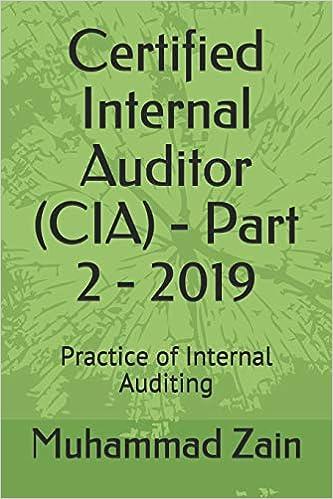
(Quantitative Question) February 15, 2020 was the 2019 fiscal year-end of a company, SP500 Inc. The company was expected to earn $4/share in 2020 fiscal year-end (ending on Feb 15, 2021). Thereafter, market expects earnings to grow at 4% per year. However, you had already become alarmed that the virus was spreading rapidly and would become a worldwide pandemic. Therefore, you believed that the company's EPS in fiscal year 2020 would be 15% lower than market expectations. However, they would slowly begin to rebound thereafter and reach market forecasted level of $4.50 in 4 years (and then would continue to grow at 4% per year as the market predicted). The table below summarizes both the market and your estimate was EPS over the next 5 years. Fiscal Year 2020 2021 2022 2023 2024 onwards Your EPS Estimate $3.40 $3.75 $3.40 $4.50 Grow at 4% per year till perpetuity Market EPS Estimate $4 $4.16 $4.33 $4.50 Grow at 4% per year till perpetuity Both you and market expect the payout ratio to be 50% and firm's discount rate to be 7.3%. a. Using the dividend discount model, estimate the price at which the stock will trade at in the market and what you believe the fair price to be? b. Are stock values more affected by short-term cash flows or by long-term cash flows? Explain both conceptually in general) and using the answer in part a above. c. Over the next two weeks, the market realized that the virus was spreading at an alarming rate and had become a pandemic, stock price dropped to $30/share. This was lower than your estimate of the stock's fair value but by May the market's estimates had converged to your estimate. Why do you think the market reacted the way it did when it realized how bad the virus was going to hit the economy? (Quantitative Question) February 15, 2020 was the 2019 fiscal year-end of a company, SP500 Inc. The company was expected to earn $4/share in 2020 fiscal year-end (ending on Feb 15, 2021). Thereafter, market expects earnings to grow at 4% per year. However, you had already become alarmed that the virus was spreading rapidly and would become a worldwide pandemic. Therefore, you believed that the company's EPS in fiscal year 2020 would be 15% lower than market expectations. However, they would slowly begin to rebound thereafter and reach market forecasted level of $4.50 in 4 years (and then would continue to grow at 4% per year as the market predicted). The table below summarizes both the market and your estimate was EPS over the next 5 years. Fiscal Year 2020 2021 2022 2023 2024 onwards Your EPS Estimate $3.40 $3.75 $3.40 $4.50 Grow at 4% per year till perpetuity Market EPS Estimate $4 $4.16 $4.33 $4.50 Grow at 4% per year till perpetuity Both you and market expect the payout ratio to be 50% and firm's discount rate to be 7.3%. a. Using the dividend discount model, estimate the price at which the stock will trade at in the market and what you believe the fair price to be? b. Are stock values more affected by short-term cash flows or by long-term cash flows? Explain both conceptually in general) and using the answer in part a above. c. Over the next two weeks, the market realized that the virus was spreading at an alarming rate and had become a pandemic, stock price dropped to $30/share. This was lower than your estimate of the stock's fair value but by May the market's estimates had converged to your estimate. Why do you think the market reacted the way it did when it realized how bad the virus was going to hit the economy







